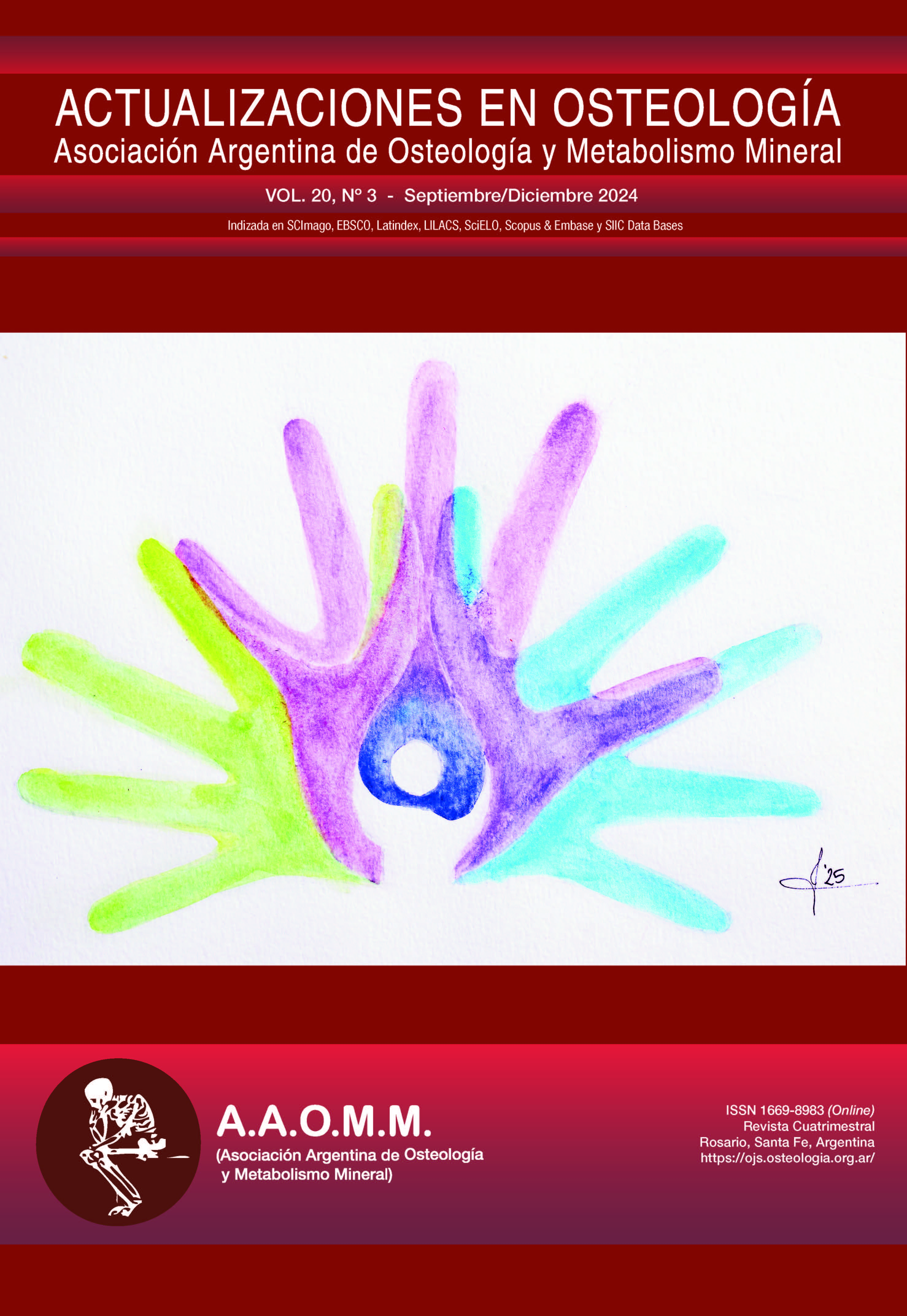Orphan Drugs: The Challenge for Rare Diseases
Main Article Content
Abstract
Despite significant advances in understanding the etiology of many rare diseases (RDs), these scientific breakthroughs have not always translated into direct benefits for patients. Rare diseases (also known as orphan diseases) are officially defined in the U.S. as those affecting fewer than 200,000 people in the country. It is estimated that there are approximately 7,000 rare diseases; however, only between 250 and 300 have FDA-approved treatments.
One of the greatest challenges in the development of drugs for rare diseases is the difficulty of conducting clinical trials in small populations. Translational science, which serves as the foundation for the rational development of treatments, has progressed at a slower pace compared to basic scientific innovation. This has created a gap between
laboratory discoveries and their application in clinical practice, limiting the availability of effective therapies.
To achieve a real impact on patients’ lives, it is crucial to strengthen research on rare diseases through translational science, which transforms basic knowledge into practical,
multidisciplinary applications. In this context, designing innovative clinical trial strategies, optimizing biomarker identification, and fostering collaboration among various scientific and medical sectors becomes essential. Only
through these efforts it will be possible to overcome existing barriers and accelerate the development of effective treatments for these rare conditions.
Article Details
Derechos de autor: Actualizaciones en Osteología es la revista oficial de la Asociación Argentina de Osteología y Metabolismo Mineral (AAOMM) que posee los derechos de autor de todo el material publicado en dicha revista.
References
Luzzatto L, Hyry HI, Schieppati A, et al; Second Workshop on Orphan Drugs participants. Outrageous prices of orphan drugs: a call for collaboration. Lancet 2018;392(10149):791-4.
Orphan Drug Act. P.L. 97–414 (Jan 4, 1983).
Asbury CH. The Orphan Drug Act. The first 7 years. JAMA 1991;265(7):893-7.
Darrow JJ, Avorn J, Kesselheim AS. FDA Approval and Regulation of Pharmaceuticals, 1983-2018. JAMA 2020;323(2):164-76. doi: 10.1001/jama.2019.20288. Erratum in: JAMA 2020;323(6):573.
Crespi CA, Szarazgat D. Con los Oídos de la Prudencia. Enfermedades Poco frecuentes: Estrategias de articulación del Sistema de Salud e Impacto sociosanitario en el hallazgo del diagnóstico. Acercándonos Ediciones. Buenos Aires; 2022. ISBN: 978-987.8925-27-1.
Patel S, Miller Needleman KI. FDA's Office of Orphan Products Development: providing incentives to promote the development of products for rare diseases. J Pharmacokinet Pharmacodyn 2019;46(5):387-93.
Orphan Drug Act. 21 USC § 360aa. 1983.
Gammie T, Lu CY, Babar ZU. Access to Orphan Drugs: A Comprehensive Review of Legislations, Regulations and Policies in 35 Countries. PLoS One 2015;10(10):e0140002.
Fermaglich LJ, Miller KL. A comprehensive study of the rare diseases and conditions targeted by orphan drug designations and approvals over the forty years of the Orphan Drug Act. Orphanet J Rare Dis 2023;18(1):163.
Divino V, DeKoven M, Kleinrock M, Wade RL, Kaura S. Orphan Drug Expenditures In The United States: A Historical And Prospective Analysis, 2007-18. Health Aff (Millwood) 2016;35(9):1588-94.
Ferreira CR. The burden of rare diseases. Am J Med Genet A 2019;179(6):885-92.
Schey C, Milanova T, Hutchings A. Estimating the budget impact of orphan medicines in Europe: 2010 - 2020. Orphanet J Rare Dis 2011;6:62.
Engel PA, Bagal S, Broback M, Boice N. Physician and patient perceptions regarding physician training in rare diseases: The need for stronger educational initiatives for physicians. J Rare Dis 2013;1:1–15.
Global report on birth defects: the hidden toll of dying and disabled children. White Plains, NY: March of Dimes Birth Defects Foundation; 2006.
Baird PA, Anderson TW, Newcombe HB, Lowry RB. Genetic disorders in children and young adults: a population study. Am J Hum Genet 1988;42(5):677-93.
Yang Y, Muzny DM, Reid JG, et al. Clinical whole-exome sequencing for the diagnosis of mendelian disorders. N Engl J Med 2013;369(16):1502-11.
Pariser AR, Gahl WA. Important role of translational science in rare disease innovation, discovery, and drug development. J Gen Intern Med 2014;29 (Suppl 3):S804-7.

